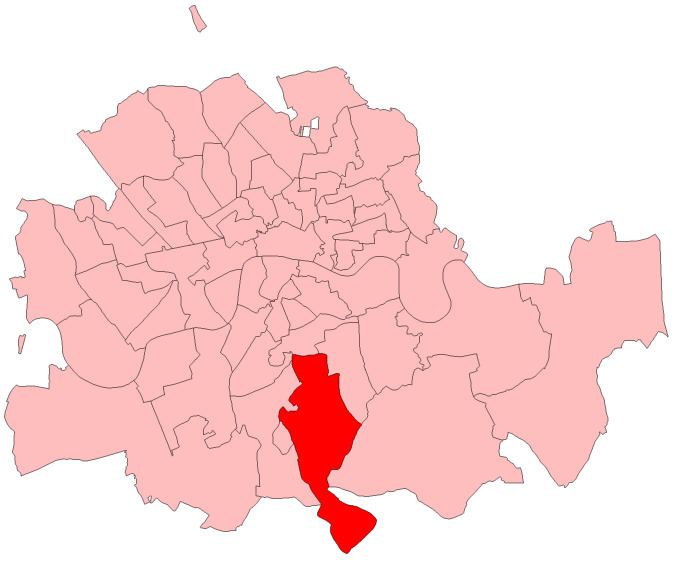Number of members 1 | ||
 | ||
Dulwich was a borough constituency in the Dulwich area of South London, which returned one Member of Parliament to the House of Commons of the Parliament of the United Kingdom.
Contents
The constituency was created by the Redistribution of Seats Act 1885 for the 1885 general election. The constituency was abolished by the Boundary Commission in 1997, when most of its former territory became part of the Dulwich and West Norwood constituency.
History
The constituency of Dulwich was created by the Redistribution of Seats Act 1885, as one of nine developed from the former two-seat constituency of Lambeth. Lambeth had been a solidly Liberal constituency. Dulwich was one of three seats in the new parliamentary borough of Camberwell.
As a suburban London constituency, Dulwich tended to favour the Conservatives, and returned a Conservative member in each election between 1885 and 1945, when it fell to the Labour party. After that it became a marginal seat, with Labour winning slightly more times than the Conservatives. In 1892 the Liberal candidate estimated that it had around 4,000 working class voters out of around 10,500 and observed that although it had a reputation as a 'villa constituency' there were many voters in the many less impressive houses.
Boundaries
1885-1918: The wards of Camberwell and Dulwich, and the hamlet of Penge.
1918-1950: The Metropolitan Borough of Camberwell wards of Alleyn, College, Hamlet, Ruskin, and St John's. Penge was transferred to the new Bromley constituency.
1950-1974: The Metropolitan Borough of Camberwell wards of Alleyn, College, Hamlet, Lyndhurst, Nunhead, Ruskin, Rye, Rye Lane, and St John's.
1974-1997: The London Borough of Southwark wards of Alleyn, Bellenden, College, Lyndhurst, Ruskin, Rye, The Lane, and Waverley.
Elections in the 1930s
The candidates selected for the aborted 1939/1940 General Election were;
Dulwich by-election, 1932
Elections in the 1900s
In the 1900 general election, Sir John Blundell Maple was elected unopposed.
Elections in the 1880s
In the 1886 general election, John Morgan Howard was elected unopposed.
